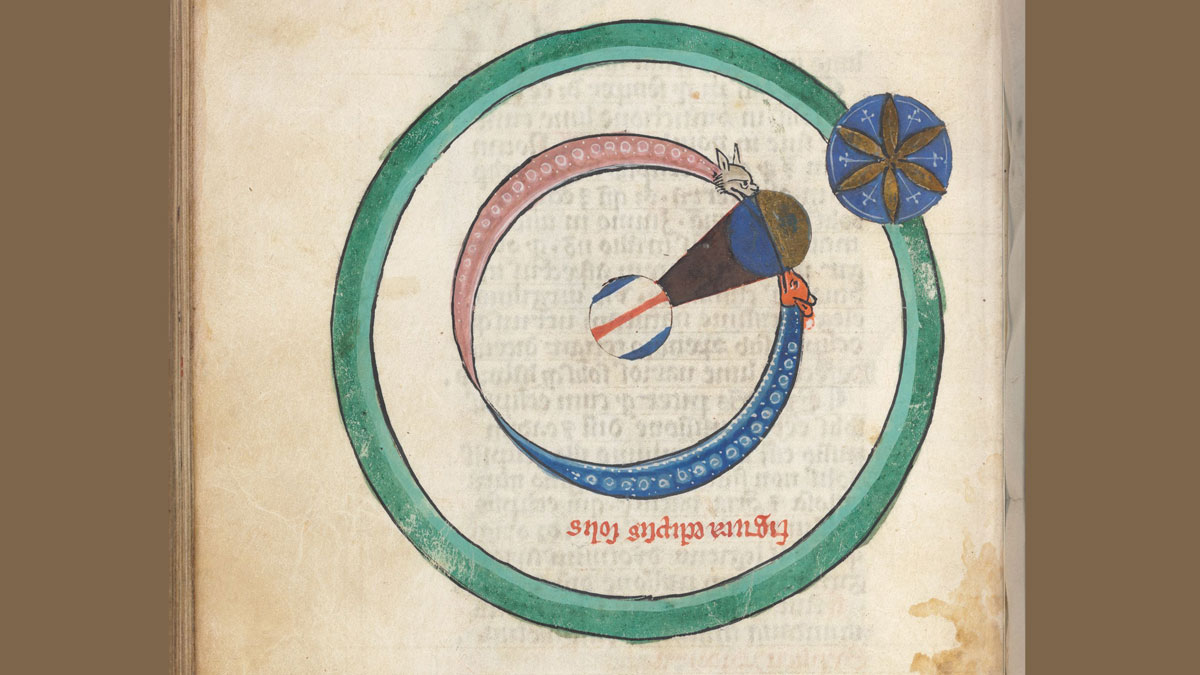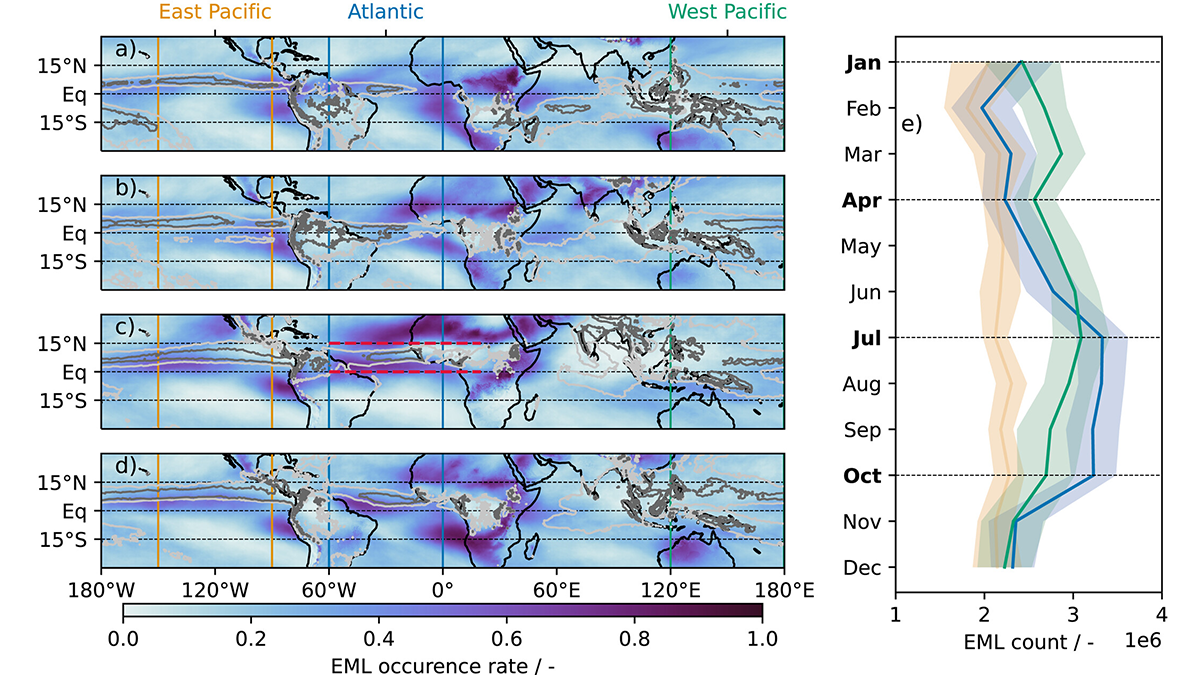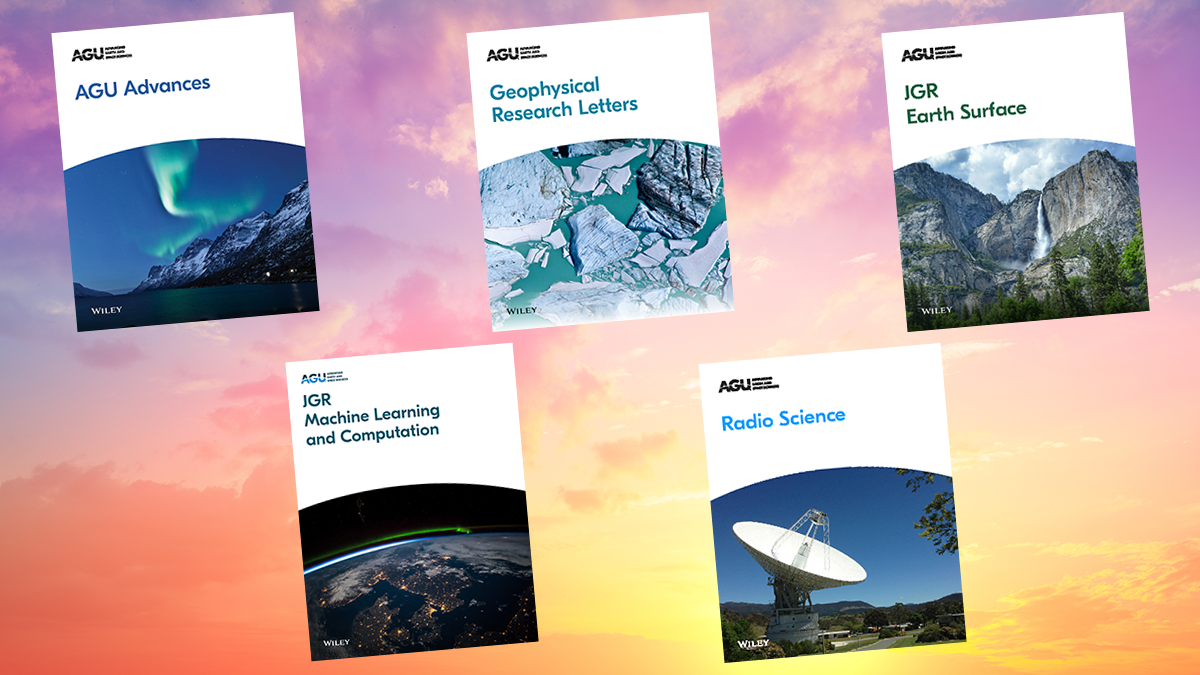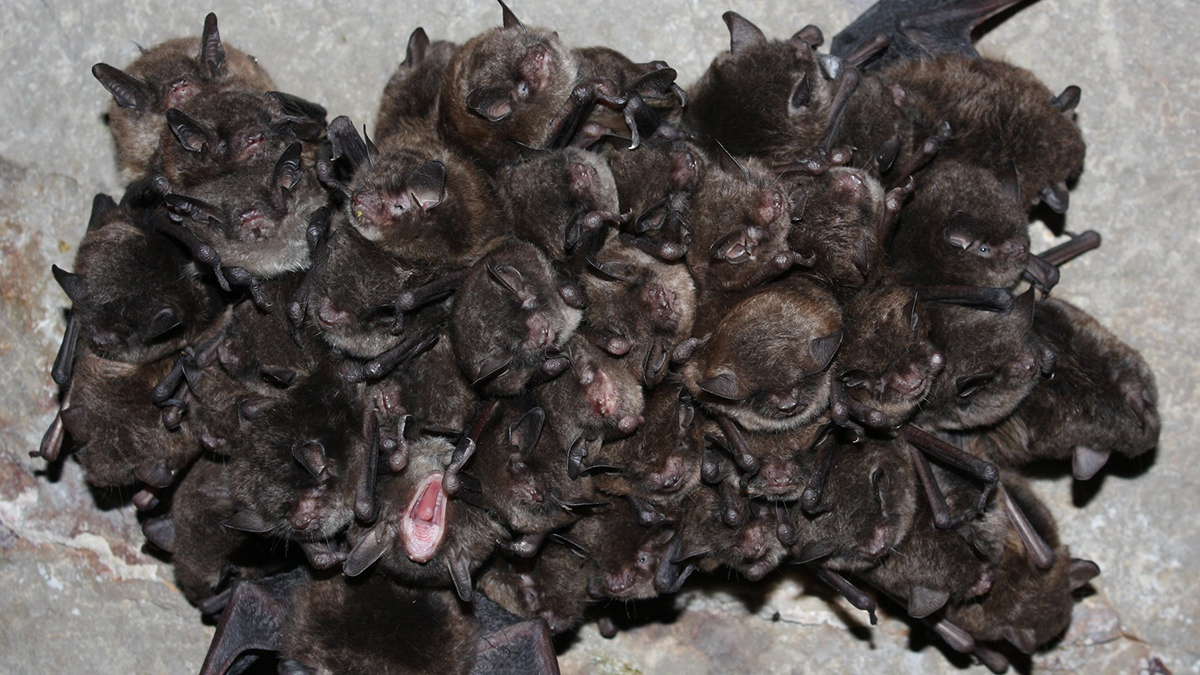The first analysis of extreme calving events in Antarctica finds no correlation with climate change, highlighting the significance of common, smaller calving events for ice loss and instability.
Geophysical Research Letters
Past Fracture Damage Can Inhibit Earthquake Slip
Around the surface rupture of the 2008 Wenchuan earthquake, a new study documents an anti-correlation between pre-existing fracture damage and earthquake slip – implying that damage inhibited slip.
Logjams Promote Floodplain Complexity and Hydraulic Resistance
Using a new model, scientists compare logjam hydraulic impact across 37 reaches observed over 11 years in the Colorado Rockies.
Core Movements Could Be Causing Tiny Shifts in Earth’s Spin Speed
Researchers use ancient eclipse data and new machine learning techniques to understand what processes changed the length of Earth’s days over the past 3,000 years.
Seemingly Simple Climate Adaptation Strategy Could Backfire
Reflecting sunlight can protect a neighborhood from scorching temperatures, but surrounding neighborhoods could suffer as a result.
Characteristics of Moist Layers over the Tropical Atlantic
In a new study, characteristics of elevated moist layers, their seasonality, spatial distribution, structure, and the coupling of mid-tropospheric circulation and convection are examined over the tropical Atlantic.
Announcing New AGU Journal Editors-in-Chief Starting in 2025
AGU is excited to welcome new Editors-in-Chief for five of our journals in 2025.
Unusual Occurrence of STEVE: An Aurora-Like Glow
STEVE is a mysterious purple-white arc near the aurora, typically seen after space disturbances called substorms. A new study reveals a rare STEVE event without a substorm, prompting questions about its origin.
Bat Poop Records Fire History
Charcoal stored in preserved guano gives researchers a new way to reconstruct regional fire histories.
Machine Learning Could Improve Extreme Weather Warnings
A deep learning technique could reduce the error in 10-day weather forecasts by more than 90%, allowing communities to better prepare for extreme events such as heat waves.










